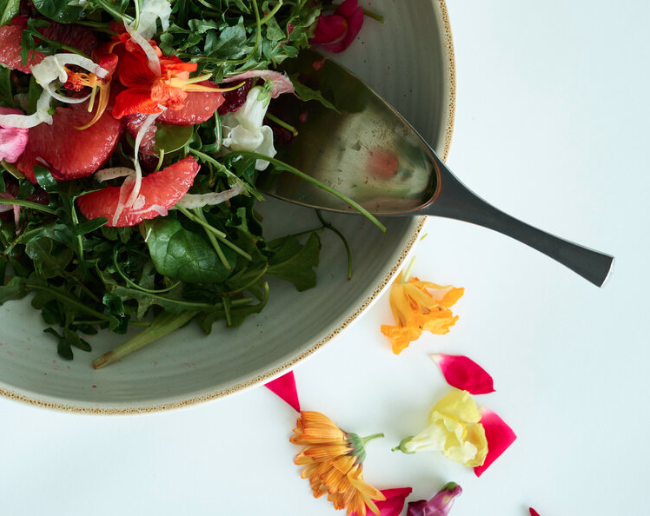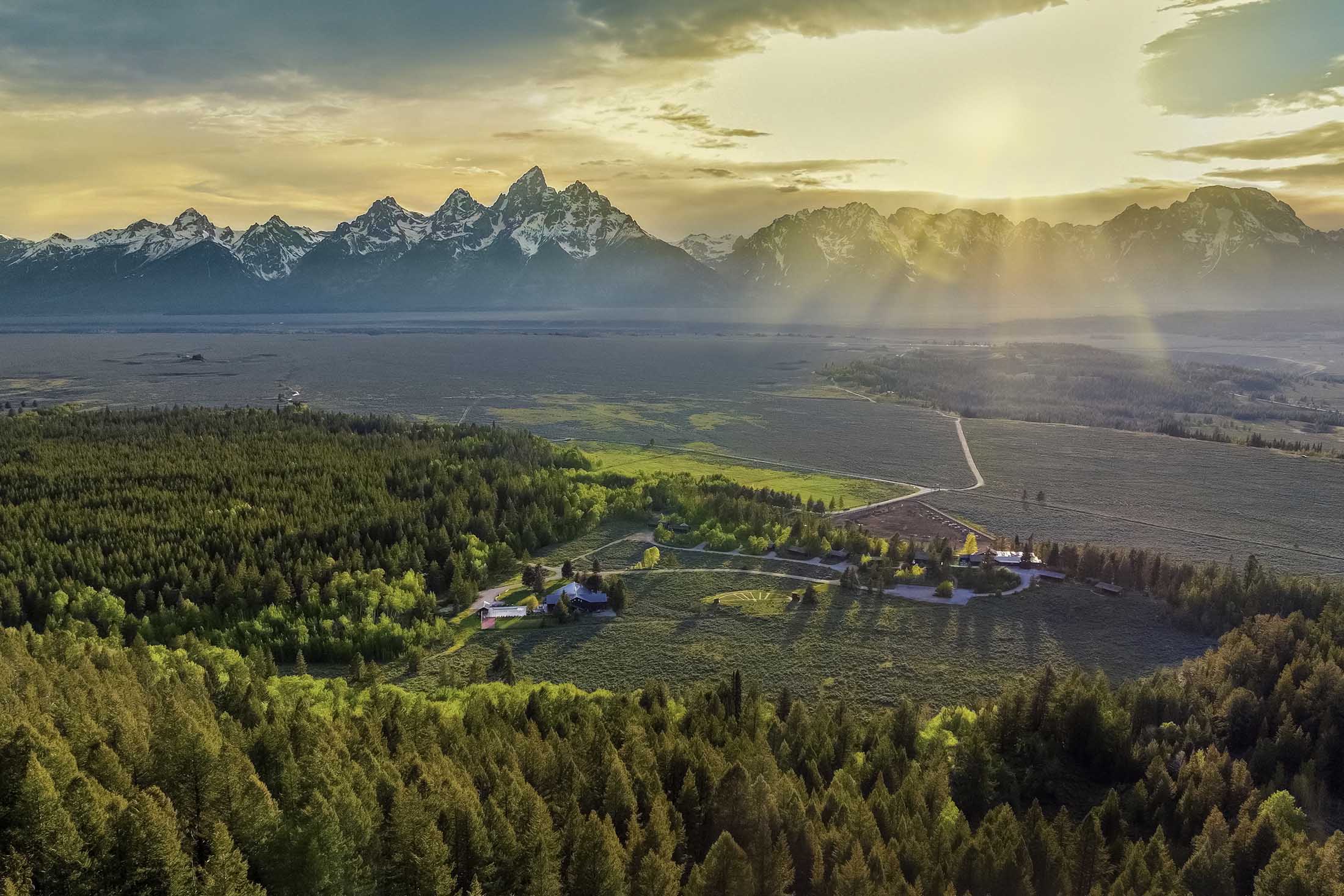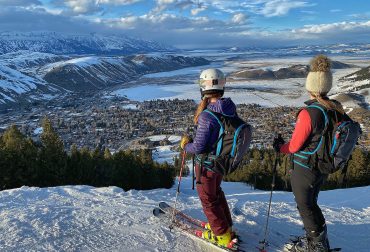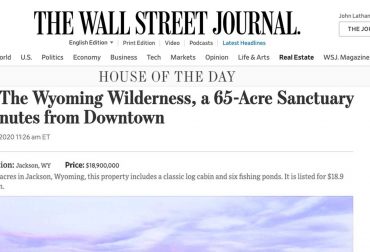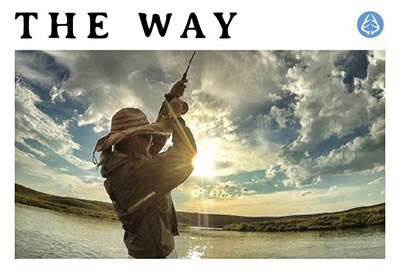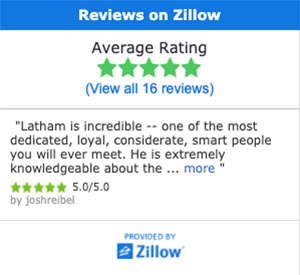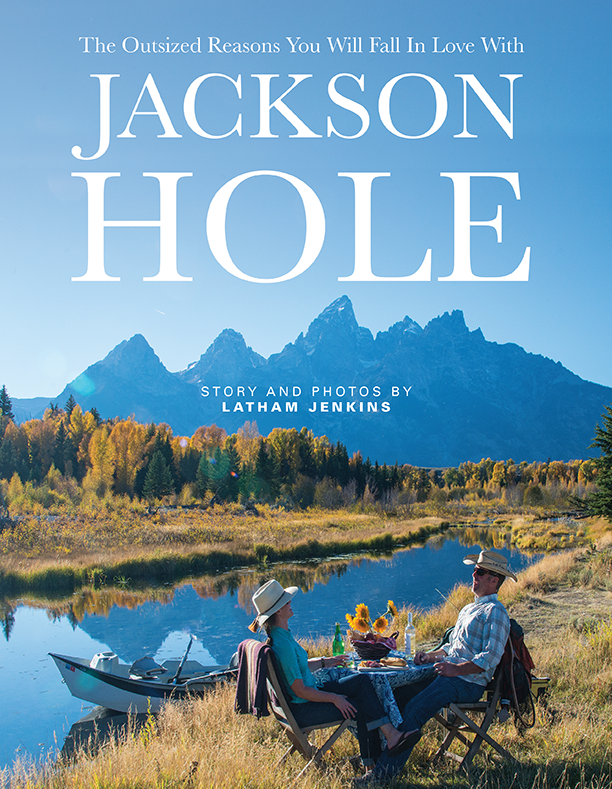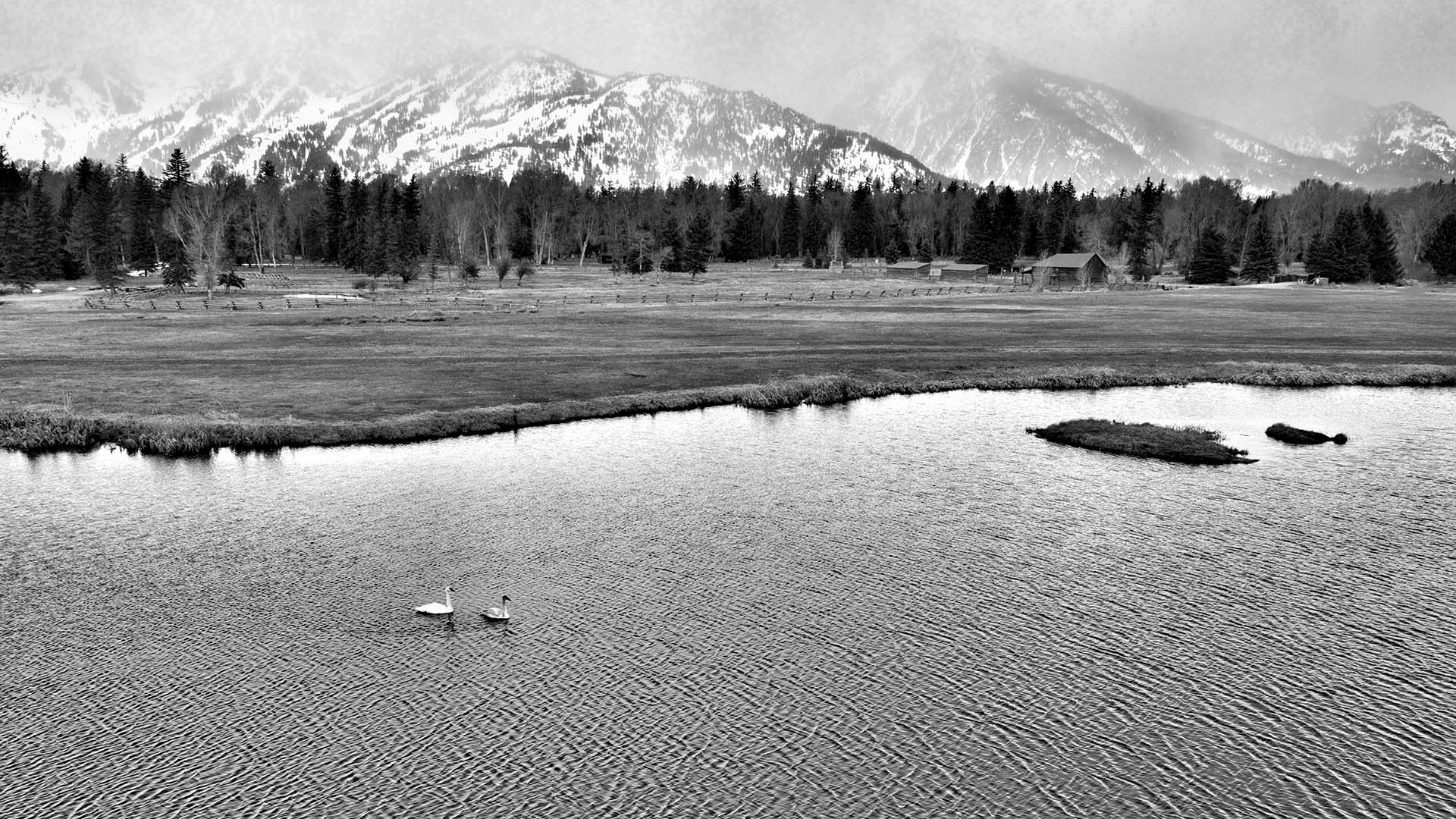
Two and half-acre pond on the available Ranch Lot 8B at the Bar-B-Bar Ranches in Jackson Hole, Wyoming.
We’re all well aware of the cycle of the seasons each year. As winter snow melts and gives way to new green, we trade our ski boots for fly rods. And as the summer drifts past, we relish blissful evenings in the shadow of the Tetons. The warmth is fleeting, and soon the aspen leaves start their show of reds and golds, and seemingly before we know it, we’re putting our fly rods away again, and dusting off our ski boots.
In Jackson Hole, especially in the quiet, wild spaces of the valley, the seasonal cycles are marked not by a change in people’s activities, but by the land itself and its wildest inhabitants. Uninterrupted by the bustle of town, the Bar-B-Bar Ranch offers a stunning glimpse into the natural rhythms of the valley. And perhaps one of the most impressive performers in nature’s dance of the seasons is a bird that all but vanished, and has returned from the very brink of extinction: the Trumpeter Swan.
In a truly inspiring and astounding comeback, the Trumpeter Swan population in the United States has recovered from fewer than 100 individuals in the late 1800s. (Used for everything from writing quills to ladies’ powder puffs and hat decorations, swans were killed by the thousands.) A critical piece of their recovery has been habitat like that found around Jackson Hole, Grand Teton, and Yellowstone National Parks.
[ Don’t miss learning more about the available 36-acre Ranch Lot 8B at the Bar-B-Bar Ranches]
There are two groups of Trumpeter Swans in the valley: nesting, reproducing pairs that live here year-round, and a large influx of migratory swans who arrive to spend the winter in the thermally frost-free waters in the region. Swans require very specific features to thrive, and ponds like those on this 36-acre parcel are critical to their continued survival.
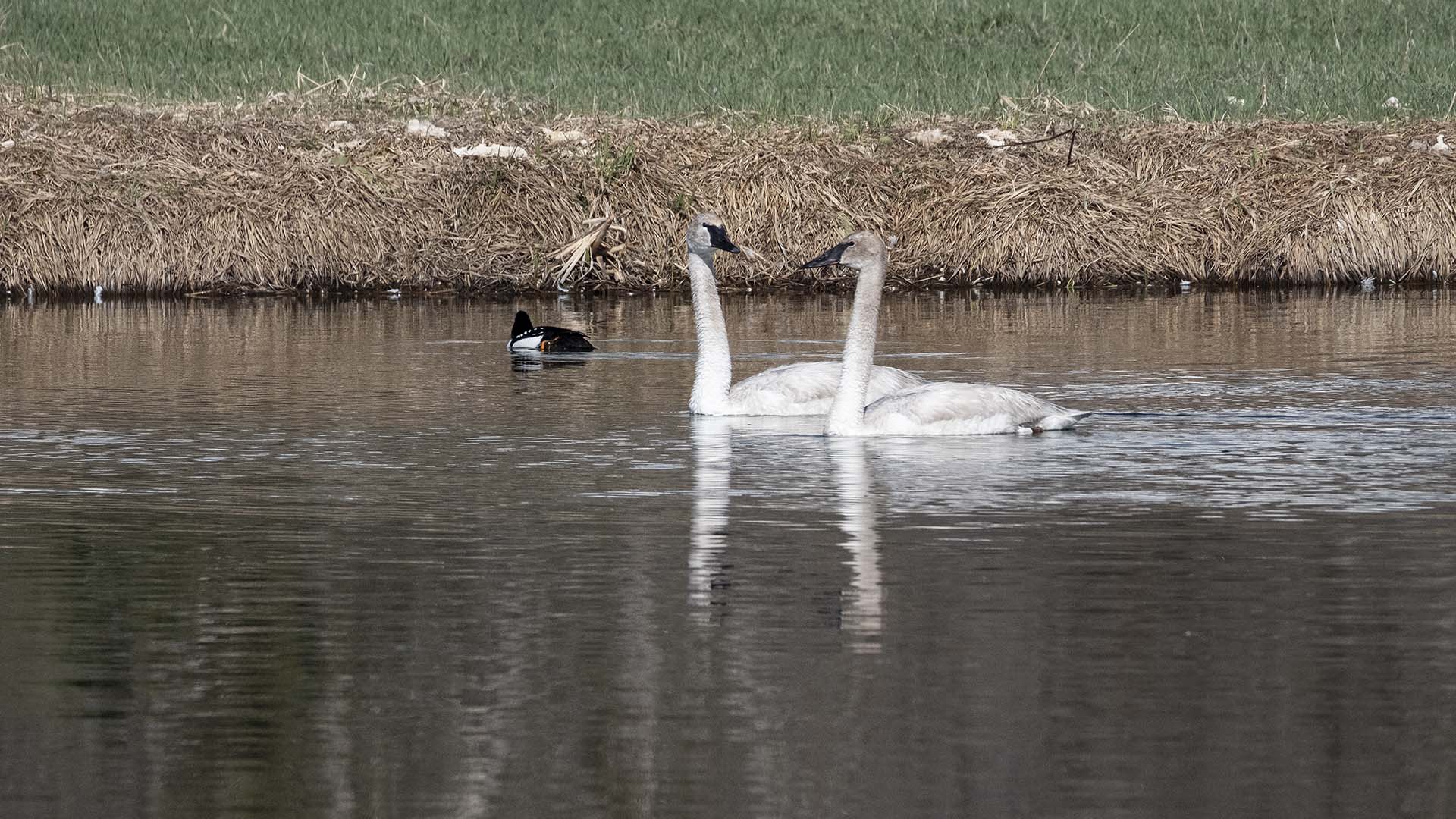
Waterfowl, including the Trumpeter Swans are seen coming and going all day long.
“There aren’t many private properties that are home to Trumpeter Swans,” observes Bill Long, founder of the Wyoming Wetlands Society and swan recovery expert. “Swans are an icon of wetland habitats.” But not just any riparian area will suffice, he explains. Swans require healthy, intact wetland ecosystems to truly thrive. Since their diet is composed of aquatic plants and invertebrates, any pond they call home must have pristinely clean water and little disturbance from human activity. In other words, Trumpeter Swans are evidence that the landscape around them is in excellent condition.
“Swans have really special habitat requirements,” adds Erica Hansen, Landscape Protection Specialist and Staff Biologist for the Jackson Hole Land Trust. “They seek large, shallow bodies of water for a few reasons. First, they’ve got to be able to reach the plants and bugs on the bottom for food.” If water is too deep or swiftly moving, swans can’t reach the bottom. They also need small islands on which to build their nests and rest at night; these little oases provide safety from predators like coyotes, bears, and red foxes. “They also need ponds that don’t have lots of obstacles around them, like dense trees. That way, they can easily see if any predators are approaching, and they also need a ton of room to take off.”
Trumpeter Swans are North America’s largest waterfowl, and weighing in at over 25 pounds, their wingspan can be up to 7 feet.
When they take to the sky, they require about a hundred yards to get airborne. Ponds like those on the Bar-B-Bar Ranch are ideal since they’re not crowded by power lines, tall buildings, or other human-crafted towers. (Another benefit of all that space? Unobstructed views of the Tetons. It’s not clear if the swans appreciate that as much as we do, but we sincerely hope so.)
Erica also points out that hosting swans on private property is exceedingly special, and important to their continued recovery in the region. “Habitat on private land is so beneficial,” she says. “Landowners have an incredible opportunity to minimize disturbance to swans, especially when they’re nesting. They can almost create a refuge for the birds – a place that is quiet and safe.”
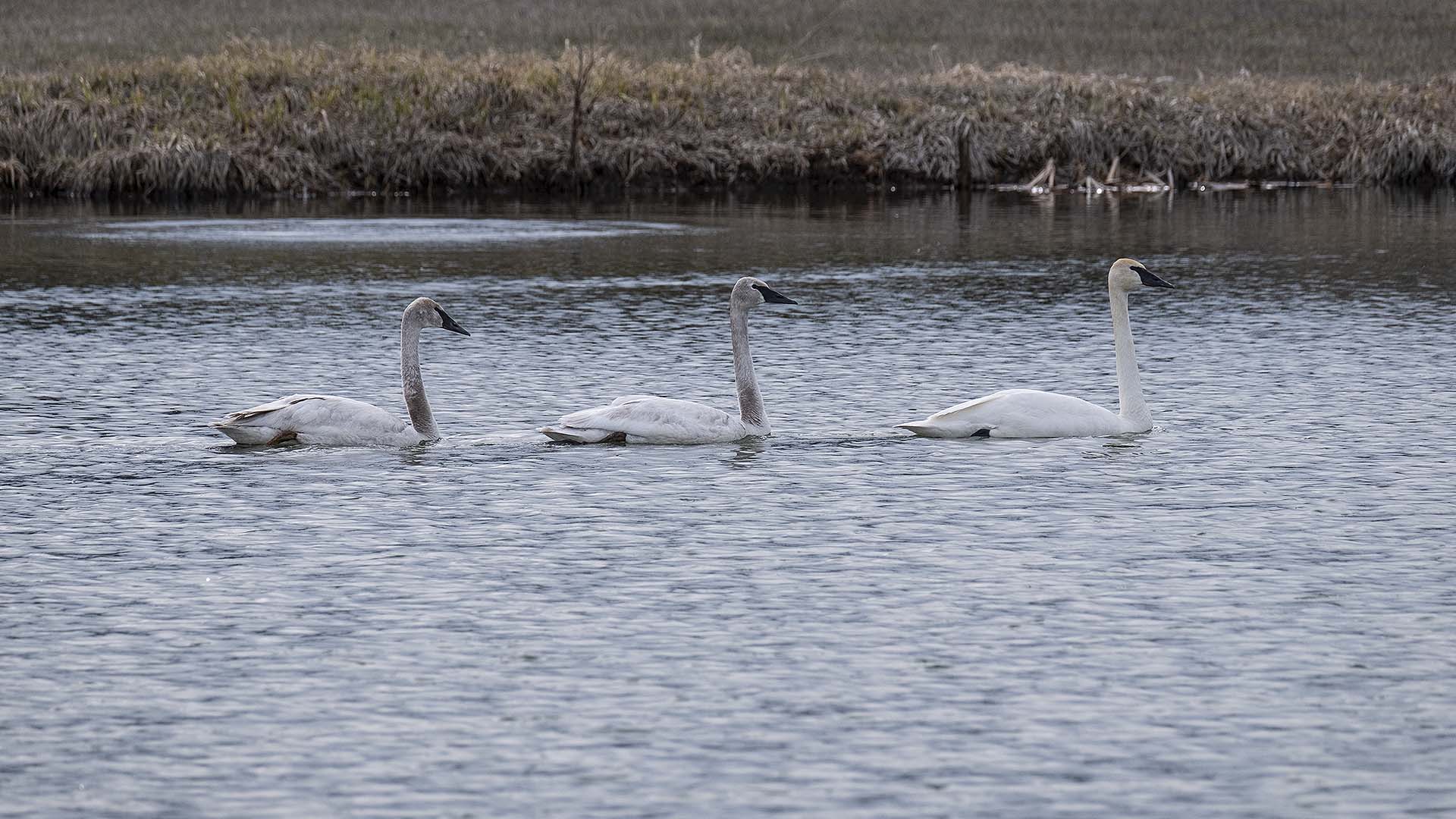
A female swan and her yearling cygnets on the Ranch Lot 8B pond.
Hosting nesting swans is still very rare. According to Erica, there were only about a hundred nesting pairs that live in the Greater Yellowstone Ecosystem as of 2015. While the pond at the Bar-B-Bar Ranch isn’t home to a nesting pair at this point, it easily could be in the near future. “That pond is absolutely a suitable nest site,” agrees Bill.
This year, he says, the pond is home to a female swan and her yearling cygnets. They’re a product of a nearby nesting pair who are part of the active population rehabilitation efforts of the Wyoming Wetlands Society.
The mere presence of these incredible birds speaks to the fact that this property is not only in near-pristine condition – full of the native plants and animals that are vital to the valley’s distinctive ecosystem – but that it’s a vital piece of the overall landscape that supports the wildlife in the area. A stone’s throw from the border of Grand Teton National Park, animals including elk, deer, eagles, osprey, coyotes, and more rely on spaces like this to thrive.
Calling this beautiful slice of the valley home would mean a new level of immersion in the cycles of the seasons and the land. As the ice melts away from the island ponds, you can welcome your snow-white feathered neighbors, and watch them guard their eggs. And one day, you can wake up to discover that those eggs have hatched into fluff-grey cygnets, sailing the serene water behind their parents. You can watch them grow, healthy and content from the constant availability of native plants and insects. You can witness the recovery of this unique species in action, and know that you’re making an irreplaceable contribution to the wellness of the big picture of the natural world.
And how many people can really say that? Certainly not many.
[ Don’t miss learning more about the available 36-acre Ranch Lot 8B at the Bar-B-Bar Ranches]
Photography: Latham Jenkins

